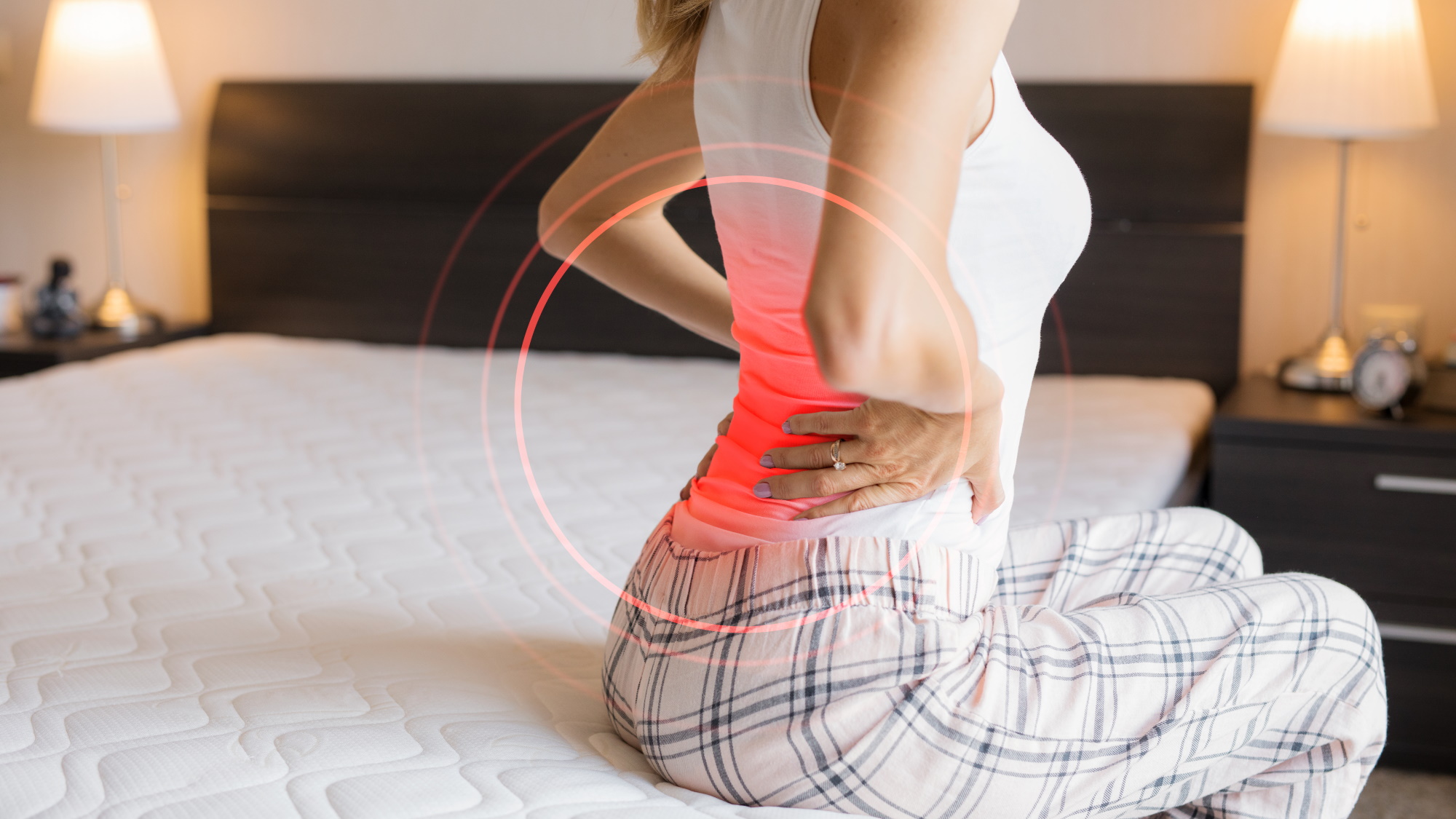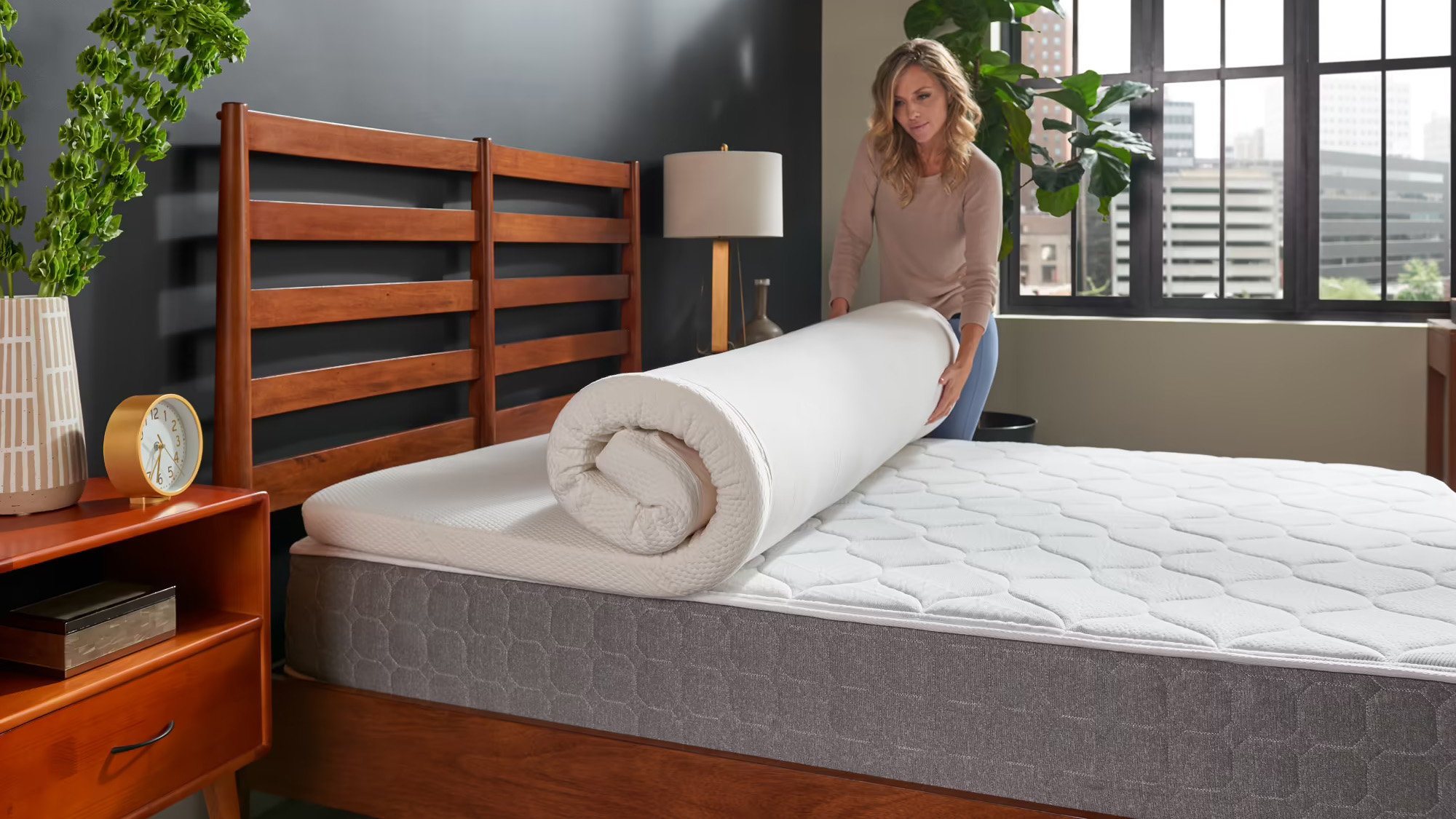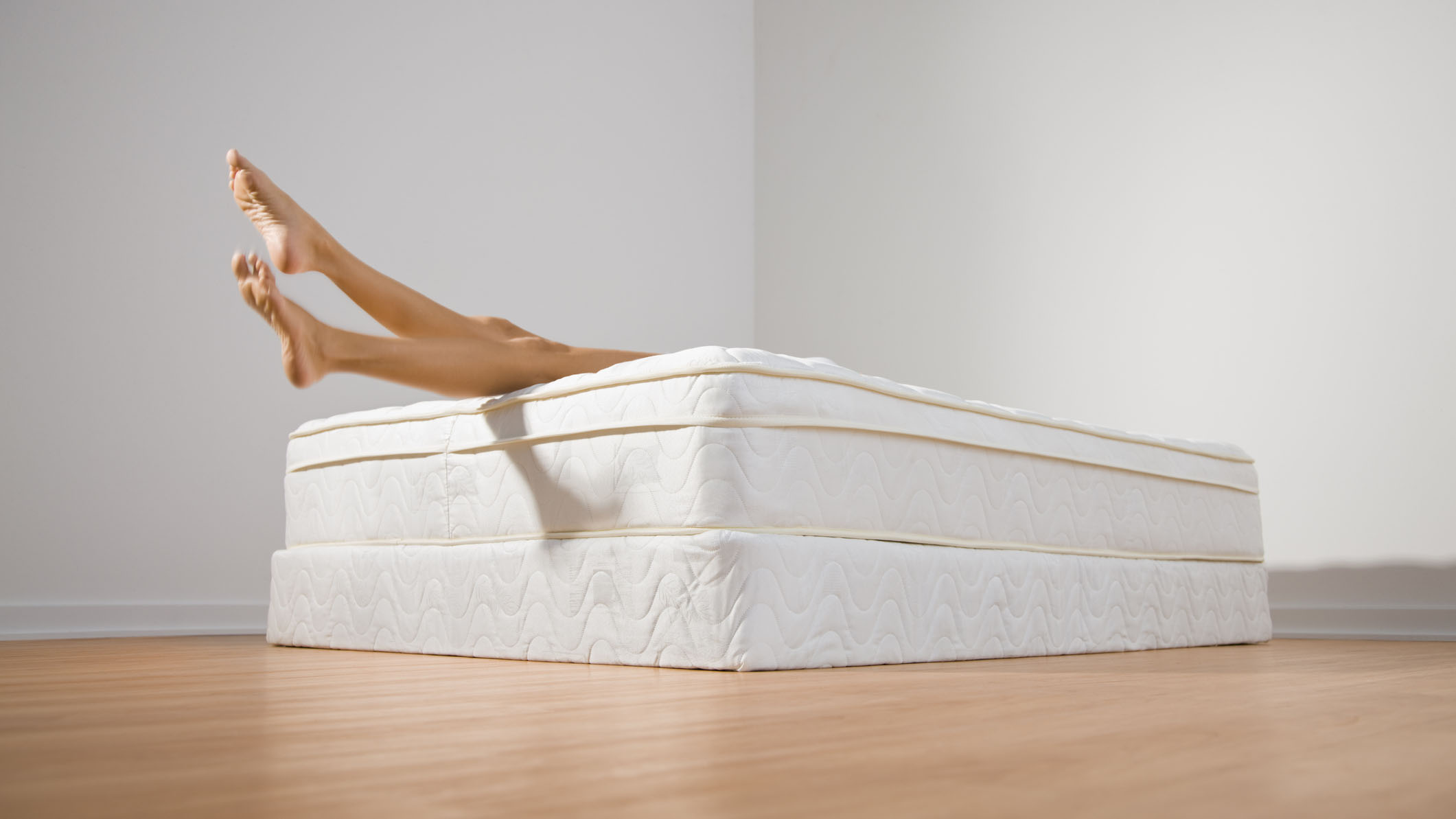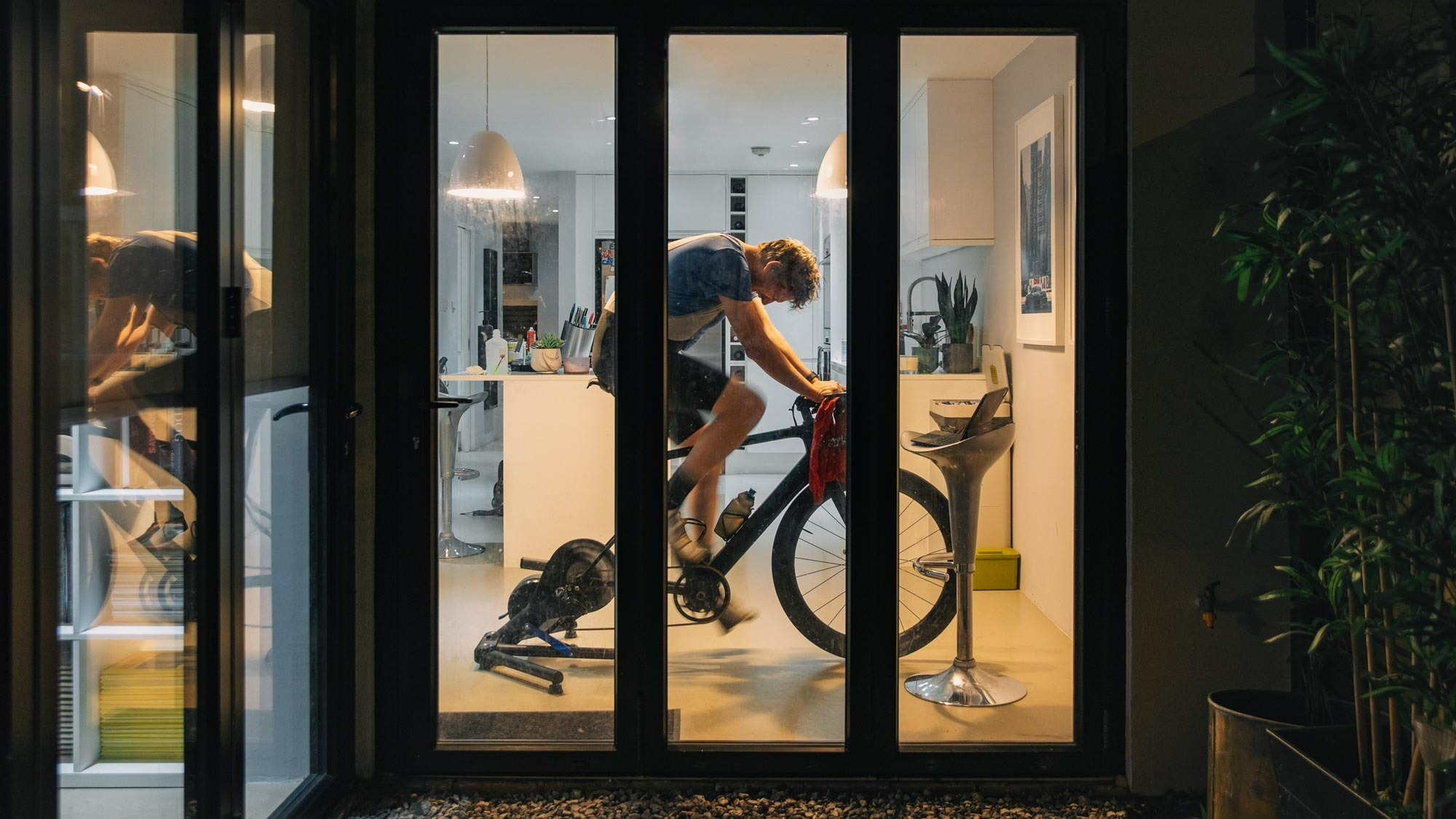How to make a mattress firmer if it's too soft for your back
Simple tricks for how to make a soft mattress firmer, whether it’s new or you’ve been sleeping on it for years

Some people love a marshmallowy bed, but if yours is too soft for the back support you need, it’s time to learn how to make your mattress firmer. Sagging is usually the main culprit on older beds, while other times you may have chosen the wrong firmness for your body. It happens, and that’s one the reasons why all of the best mattresses come on a trial basis so that you can make sure your pick is firm enough for you.
Medium-firm mattresses suit most people as they keep the spine in neutral alignment without being too hard to sleep on. Some people may need to go even sturdier – the best mattresses for back pain are typically on the firmer side (our best firm mattress guide has some solid options). Very soft mattresses, while appealingly cozy, can lead to joint issues and pain over time, especially if you’re older (we need more support the older we get). That’s because you may sink too deeply into the mattress to be properly supported.
Here we look at six easy fixes to make a mattress firmer and more supportive to sleep on. But if after reading this you decide it’s time for an upgrade, we’d recommend trialling a medium-firm mattress. To help you, we’ve rounded-up the top-rated options in our best mattress in a box guide, as well as the top memory foam mattress for all sleepers.
How to make a mattress firmer: tips if it's new
As we explain in our feature on how often you should replace your mattress, sagging is a big no-no for a healthy back. Assuming you are dealing with a new-ish soft mattress here, check to see if it’s still within its trial period. If it is, now is your chance to return it and either get a refund to purchase an alternative, or ask the company to replace your mattress with a firmer model.
Your body weight and sleep style (the position you snooze in) are both big factors in how soft or firm a mattress you need. You should also consider any health needs such as neck and back pain. Remember, a firm mattress isn’t always the way to go with back pain so ask your doctor for advice.

Most mattress makers worth their salt offer trial periods and these range from 60 days to 18 months. You need that time because your body takes around three weeks to get used to a new bed, though we’ve found that foam mattresses don’t need as much breaking in time.
That’s because they are more contouring from the start and you sleep in the mattress a little more, rather than on top of it as with a hybrid (a mattress made with a mix of foam and springs).
Sign up to get the BEST of Tom's Guide direct to your inbox.
Get instant access to breaking news, the hottest reviews, great deals and helpful tips.
We’d also recommend checking your warranty, as you may be covered for a certain amount of sagging. Our how do mattress warranties work guide can point you in the direction of what to look for.
If your mattress is out of its trial period and is an older model, read on now for six easy fixes to make it firmer and more supportive for quality sleep.
1. Flip or rotate your mattress
Sometimes the simplest fix is the most potent. But before you start flipping, read the manufacturer’s care advice for your particular mattress. Not all models can be flipped, but most can and should be rotated regularly. This spreads out wear and tear so that your bed remains more comfortable and supportive for longer.
Most hybrids and memory foam models can be rotated, while traditional mattresses are usually the ones you can fully flip. Why not all hybrids? If yours has a dedicated support layer at the base, you may find that it is far too firm to sleep on if you flip it so that you’re lying on the base rather than on the top of the mattress.
We know you’re here because you want to know how to make a mattress firmer, but there’s a difference between supportively firm and downright uncomfortable. Ouch! To learn more, read our feature answering how often should you rotate or flip your mattress.

2. Add a firm mattress topper
Ok, so if you have flipped your mattress to the other side, or you have rotated it 180-degrees and it still isn’t firm enough, you need to call on the help of the best mattress topper for your budget.
Bed toppers are normally bought to make a sleeping surface softer, but there are definitely toppers designed to add an extra layer of firmness and to dampen motion from a restless partner. Latex is an excellent option because it isn’t as spongy as foam, but if you do want foam, pick a hard foam topper versus a soft one. Our favorite is the Tempur Topper Supreme (pictured above), and it’s often on sale – read our round-up of the best Tempur-Pedic mattress sales for the latest savings.
Mattress pads are an option but we found them to be pretty unreliable during our attempts to make a soft mattress firmer. In fact, if you can’t find a firm enough topper, try wood...
3. Buy a new box spring or base
Another fix is to replace your bed base and add firmness from the ground up. There are different types of bases to choose from, with firm edge divans being among the most supportive. These are usually designed with heavy duty springs and a rigid wooden-sided frame.
Don’t shy away from slatted bed bases either, as some of these are designed to be rigid (with no give), which could be the perfect antidote when figuring out how to make a mattress firmer. Divans and box springs are by far the most popular types of bed base.
If you have bought a mattress from an online manufacturer, chances are they will sell a base that’s tailor-made to work with your mattress. Purple, Casper, Saatva and Nectar are just a few brands that sell complementary bases – the really fun ones are fully adjustable. Just saying.

4. Place your mattress on the floor
No budget for a new bed base? Or do you prefer a minimalist approach to interior design? Then consider placing your mattress directly on the floor. Now, there are quite a few caveats to this, so don’t go heaving your mattress onto the ground just yet.
Firstly, make sure that your mattress is suitable for direct placement onto the floor. Not all of them are, and if you put one on the floor when the manufacturer states that it absolutely must be used with a proper bed base, you risk voiding your mattress warranty. Consider yourself duly warned!
If the manufacturer is happy for your mattress to live on the floor, this could instantly transform its firmness into something more pleasing to you. Make sure you at least place a thin rug underneath to protect it from dust and dirt, and regularly clean it. For advice, read our guide on how to clean a mattress. Bugs will also find their way into your bed more easily when it’s on the floor, so be prepared to fend off the odd uninvited guest.
5. Turn the heating down
Not only does a high room temperature mess with your sleep at night, it can affect the materials in an all-foam mattress and make it feel much softer than it should. Hybrids, which used springs and foam, usually escape this fate, but it’s something that foam owners should keep in mind.
Adjusting your thermostat to a cooler temperature can add firmness to a soft mattress. This isn’t so much fun in the colder months, but it could make the difference you need for better sleep.
Should you use plywood to make a mattress firmer?
We have seen this crop up regularly whenever someone talks about how to make a mattress firmer. While we follow the logic – plywood sandwiched between your mattress and bed can create a more supportive base – not all manufacturers love this one, even though many sleepers swear by it.
They caution that some materials, such as foam, need space to breathe properly, so if you place plywood directly against it, you might create the perfect breeding ground for mould. That would void your warranty.
As with placing your mattress on the floor, check with the brand you bought your mattress from to see what they think of the plywood fix. Also ask them if they can supply you with a comfort upgrade in the form of a pad that sits on top of your too-soft mattress.
Read more:
- The best cheap mattress deals from big brands
- Black Friday mattress deals: what we expect
- The best Simba mattress sales and discounts
- Save with our guide to Emma mattress sales
- The latest Saatva mattress sales and deals
- This month's best Nectar mattress deals

Claire is a Certified Sleep Science Coach and the Senior Sleep Editor at Tom's Guide who curates our mattress buying guides and oversees our rigorous mattress testing procedures. Claire has over 16 years’ product review experience and is connected to a wealth of globally renowned sleep experts including mattress designers and buyers, neuroscientists, and doctors of sleep medicine. Claire is responsible for all mattress and sleep content published on Tom’s Guide and is our expert on Saatva, DreamCloud, and Nectar mattresses. Claire is also certified to advise people on how to choose a mattress that suits their needs and budget, as well as helping them to create a nighttime routine and bedroom environment that helps them sleep better.
